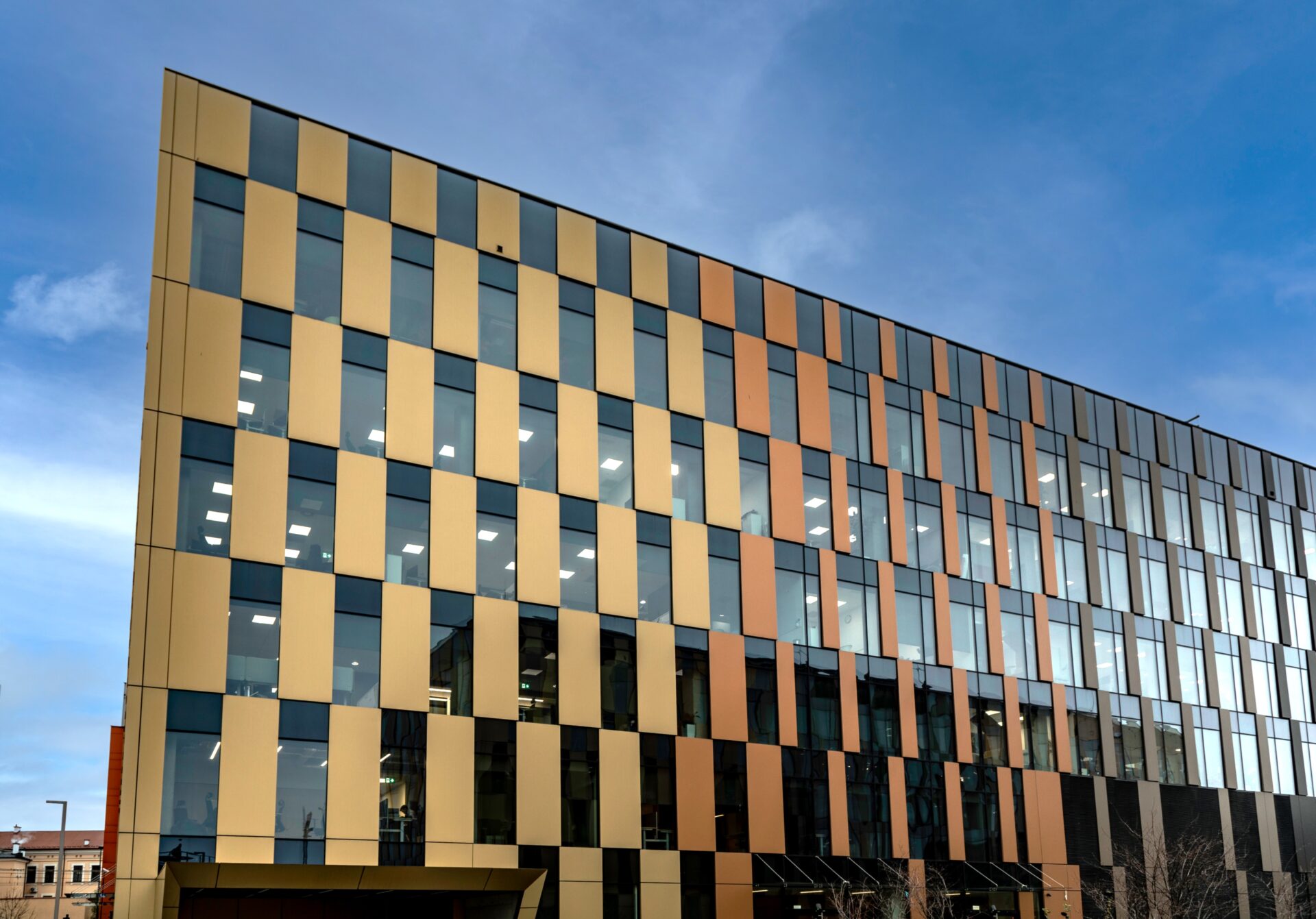Savills, in its newly published IMPACTS 2024 report, analyzes key trends in the global real estate market. This annual report, which attracts the attention of investors worldwide, highlights several significant directions that are influencing the commercial real estate market. These changes are being felt both internationally and in Poland. Kamil Kowa, Managing Director of Savills Poland, comments on the impact of these global trends on the market in Poland and Central and Eastern Europe (CEE).
1. Growth in Infrastructure Investments
One of the main topics of the report is the growing role of infrastructure investments, which are becoming a key driver of economic growth globally. Global infrastructure investments reached $1.1 trillion in 2023, and further growth is projected for 2024. Poland, like other CEE countries, is focusing on infrastructure development, particularly in green energy, water resource protection, and digitalization.
An article in the IMPACTS 2024 report, “How Infrastructure Investment Brings Real Estate Opportunities,” points out that infrastructure attracts real estate investments, and Poland could benefit from these global trends. Infrastructure investments in Poland are crucial for enhancing competitiveness and attracting capital. Record investments are planned in the energy transition sector, as well as projects such as the Central Communication Port, which will create new opportunities for the real estate sector.
2. Changing Investor Preferences – Shift Towards Logistics and Living Sectors
The report highlights changing investor preferences. Globally, investments in the logistics sector increased by 15% in 2023, and the residential sector also gained attractiveness. In Poland, these trends are evident, as investors are increasingly interested in logistics and living sectors, alongside traditional office projects. Despite a slowdown in 2023, the living sector continues to attract attention from both local and international players.
Particularly, the growing interest in PRS (Private Rented Sector) projects and PBSA (Purpose-Built Student Accommodation) is opening up new opportunities in the market. Experts from Savills’ Operational Capital Markets (OCM) division emphasize that investors from the UK, Germany, the USA, Israel, Belgium, and the Netherlands, among others, are showing interest in the student housing and rental markets in Poland. This highlights the growing potential of the sector. It’s worth noting that increasing supply is accompanied by steady tenant demand, making PBSA one of the most attractive sectors, especially in light of the challenges faced by the office sector.
Poland is also a regional leader in attracting logistics sector investments due to the growing demand for warehouses serving e-commerce, retail, and third-party logistics (3PL). According to Savills’ latest “Warehouse and Industrial Market in Poland” report, gross demand for logistics real estate in Poland grew by almost 20 percent year-on-year in the first half of 2024. The Polish market, with a 12 percent share of European demand, ranked third, just behind the Netherlands (18 percent) and Germany (16 percent).
3. Climate Change and Sustainable Development – The Need for Action
Sustainable development is another key topic in the IMPACTS 2024 report. In the article “Four Elements Fire: Tackling Extreme Urban Heat,” it is highlighted that rising temperatures and climate change are influencing how cities and buildings are being planned. In 2023, global investments in technologies and solutions promoting sustainable development reached $680 billion, demonstrating the scale of challenges facing designers, developers, and architects.
In Poland, where summer temperatures in 2023 were among the highest on record, there is increasing demand for buildings that are more resilient to climate change. Investors must consider climate resilience when planning new projects. This is not only a matter of regulation but also a response to real market needs.
4. Geopolitics and Investment Risks – Caution in the CEE Region
Geopolitical tensions, particularly the conflict in Ukraine, are directly impacting the real estate market in Poland and the region. In 2023, cross-border investments in the CEE region dropped by 25 percent compared to the previous year.
The decline in foreign investor activity, combined with traditionally low participation from domestic investors, led to record-low turnover in the commercial real estate market last year. However, the first half of 2024 showed a marked improvement. Some investors cite increased geopolitical risk, but the main reasons for lower activity remain typical: a mismatch between seller and buyer expectations in the face of high interest rates, decreased tenant activity, and rising construction costs.
Nevertheless, Poland remains a relatively stable market, attracting investors, especially from the CEE region, due to its strategic location and stable economy. The activation of domestic investors, for example, through the introduction of REITs, could provide a strong growth stimulus for the market.
Conclusion
The IMPACTS 2024 report shows that global trends, such as infrastructure investments, shifting investor preferences, the need for sustainable development, and geopolitical tensions, have a direct impact on the real estate market in Poland. For local players, it is crucial to adapt to these trends and seize the opportunities presented by the evolving investment landscape.







